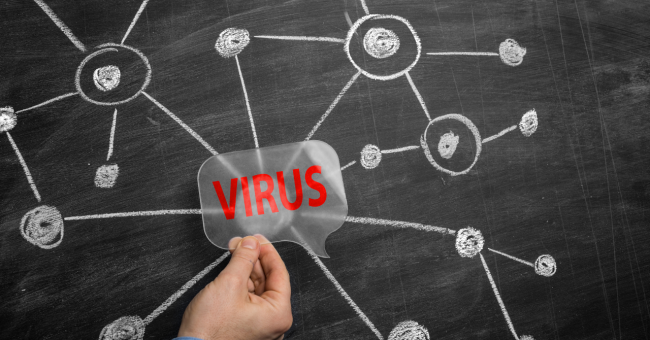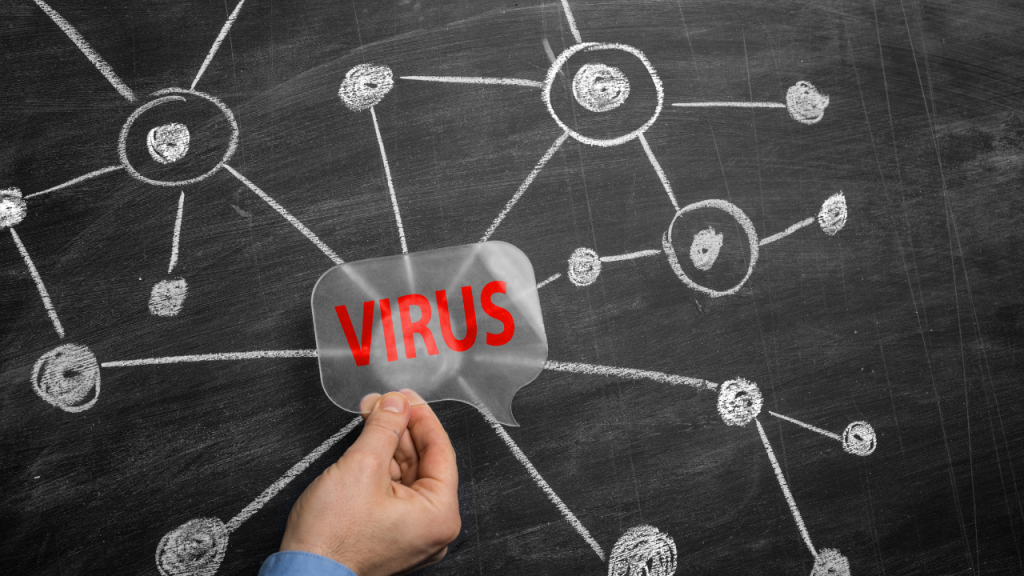
Understanding how HIV is transmitted is crucial for prevention and for reducing unnecessary fear. Unfortunately, many myths still surround the ways HIV spreads. In this post, we’ll break down the facts so you can protect yourself, support others, and help stop the stigma.
How HIV Spreads
HIV is transmitted when certain body fluids from a person with HIV enter the bloodstream of another person. The five body fluids that can carry enough HIV to infect someone are:
- Blood
- Semen
- Vaginal fluids
- Rectal fluids
- Breast milk
For HIV to be transmitted, these fluids must come into contact with a mucous membrane, damaged tissue, or be directly injected into the bloodstream (for example, via a needle or syringe).
Common Modes of HIV Transmission:
Unprotected Sexual Contact
- Vaginal or anal sex without a condom or without being on PrEP (pre-exposure prophylaxis)
- Risk is higher if one partner has a sexually transmitted infection (STI)
Sharing Needles or Injecting Equipment
- Includes needles used for injecting drugs, steroids, hormones, or even tattoos and piercings if not properly sterilized
From Mother to Child
- During pregnancy, childbirth, or breastfeeding, a mother with HIV can pass the virus to her baby
- This risk can be reduced to almost zero with proper treatment during pregnancy
Blood Transfusions and Organ Transplants
- In countries with strict blood screening procedures, this is extremely rare
- Risk may still exist where blood products are not adequately tested
How HIV Does Not Spread
Despite what some still believe, HIV cannot be spread through casual, everyday contact. You cannot get HIV from:
- Hugging, shaking hands, or sharing a meal
- Coughing or sneezing
- Using public toilets, pools, or gym equipment
- Insect bites or animal scratches
- Sharing utensils, towels, or bedding
- Kissing (unless there are large open sores and blood is exchanged—this is extremely rare)
Remember: HIV is not a highly contagious virus like the flu or COVID-19. It requires specific conditions to spread.
Let’s Bust a Few Common Myths
| Myth | Fact |
|---|---|
| You can get HIV from a mosquito bite | Mosquitoes do not transmit HIV |
| HIV can spread through saliva | Saliva contains enzymes that actually break down the virus |
| HIV spreads easily in households or schools | There is no risk through casual contact in these settings |
| If both partners are HIV-positive, they don’t need protection | Different strains exist; treatment still matters to prevent superinfection |
What You Can Do to Stay Safe
- Use protection: Condoms reduce risk during sex
- Get tested regularly: Know your status and your partner’s
- Consider PrEP: A daily pill that prevents HIV for those at higher risk
- Don’t share needles: Always use sterile equipment
- Get educated and share what you know: Help spread facts, not fear
Why This Matters
Knowing the truth about how HIV spreads can protect your health and help you advocate for others. It also plays a key role in ending stigma—because fear is often rooted in misinformation. When we understand the facts, we can all help stop HIV from spreading and support those living with it.
Coming Next: HIV Prevention—Protecting Yourself and Others
In our next post, we’ll go into practical prevention strategies: from condoms and medications like PrEP to education and behavior change. Prevention starts with knowledge—so stay tuned!


